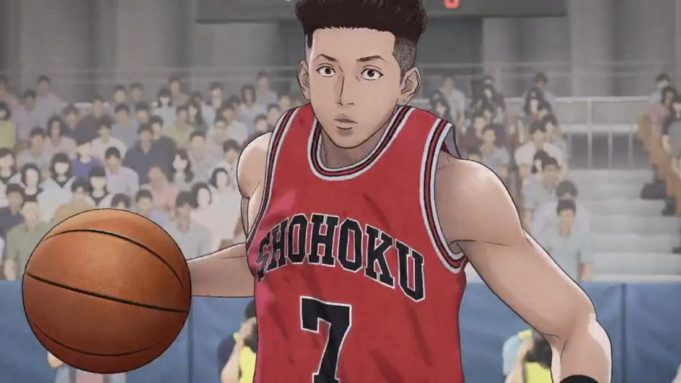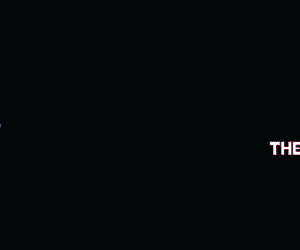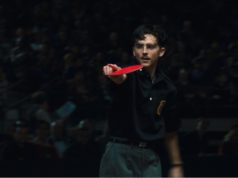Here’s one I didn’t see coming. I wasn’t expecting much when I went to see The First Slam Dunk in an otherwise empty theater on a Friday afternoon, but I wound up with one of the best movies I’ve ever seen about basketball, maybe one of the best movies of the year. And it’s Japanese anime. If you don’t know much about sports or films, let me tell you how deeply strange that is. Japan’s basketball legacy is limited to Rui Hachimura and Yūta Watanabe. For that country to make a great movie about basketball is like India producing a great movie about ice hockey, or the next great baseball movie coming from France. The weirdness is enough to recommend the film by itself, but there’s more going for this.
The story concerns Ryota Miyagi, whom we first see as a boy learning how to dribble a ball against his older brother Sota, a nationally known basketball prospect who refuses to take it easy on him. When Sota breaks off practice to go sea fishing with his friends, Ryota curses at him while the boat leaves. He never sees Sota again, because the boat capsizes and everyone is killed. Years later, 17-year-old Ryota (voiced by Shugo Nakamura in the Japanese version and Paul Castro Jr. in the English one) is an undersized point guard wearing his brother’s jersey number 7 and leading his Shohoku team in the national high-school tournament in Hiroshima. They reach the semifinal game, where they are heavy underdogs against Sannoh, the top-ranked team in the country.
The movie is adapted by Takehiko Inoue from his own 1990s manga comic, which I’m sorry to say I haven’t read. (Nor have I seen the anime TV adaptations of the series from that time. I suck sometimes.) Fans of the comics will note that Ryota is strictly a supporting character in the original story. The main character in the source is Hanamichi Sakuragi (voiced by Subaru Kimura and Ben Balmaceda), the power forward with red-dyed hair, a wonky back, and a criminal past. The first-time filmmaker Inoue has a great sense of how the players move to free themselves up for shots. Sannoh takes a 24-point lead early in the second half by sending large defenders to trap Ryota in the backcourt as soon as he receives the inbounds pass, which forces many turnovers. Inoue’s knowledge of the sport is clearly deep, though I couldn’t help noticing that Shohoku’s bench players hardly see any action. Is this how Japanese basketball coaches manage their rosters or is Shohoku’s second unit just bad?
I’m more impressed by the way Inoue uses voiceover to give us the thoughts of not just Ryota but also his teammates, the Sannoh players, the coaches on both sides, and the Sannoh fans who write off Shohoku. The film seems to be everywhere at once, and it all gives novelistic density to this sports drama. Ryota’s shooting guard (voiced by Jun Kasama) starts off hitting a string of three-point shots, hears the ball ripping through the net, and thinks, “That’s the sound! That always gets me going.” Meanwhile, Akagi (voiced by Kenta Miyake), the hulking center who’s the star of the team, has to figure out how to deal with an opposing center who can block his shots and drag him out to the perimeter by hitting 3s. Sakuragi, well aware that he’s the least talented player on the court and surviving on graft and hustle, hurts his back diving for a loose ball and lies on the hardwood anguishing over whether his career is over.
The story incorporates flashbacks of Ryota’s past, too, which keeps the movie emotionally grounded as he deals with his grief and the damage it has done to his family as well as how it drove him to throw himself into working on his game. Somehow none of this makes the film feel overstuffed or takes us away from the game for too long. For a film that shouldn’t work as well as it does, The First Slam Dunk rattles the rim.
The First Slam Dunk
Voices by Shugo Nakamura and Paul Castro Jr. Written and directed by Takehiko Inoue, based on his own comic book. Rated PG-13.












